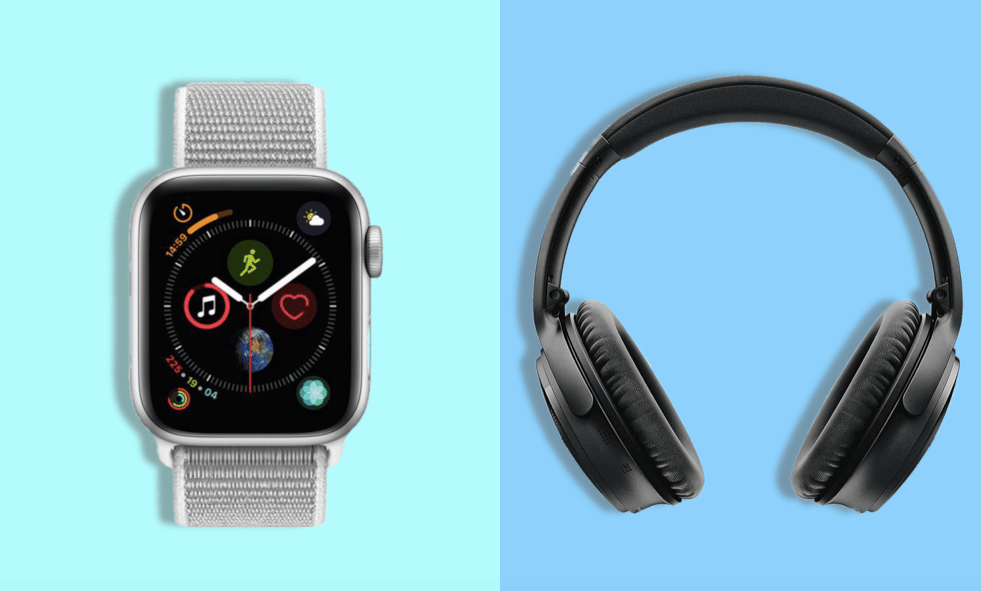Tech 2020 Fundamentals Explained
2020-2040 The Arctic is becoming devoid of sea ice Throughout many of human history, the Arctic served an important function in maintaining a steady climate acting as a huge "air conditioning system" for the planet by managing air and ocean currents. The level and volume of ice in the region stayed relatively unchanged from ancient times until the early contemporary era.
By the early 21st century, total carbon emissions were exceeding 10 gigatons each year, 10 times faster than at any point considering that the termination of the dinosaurs. * Integrated with a loss of carbon sinks through logging, soil erosion and other environment destruction the resulting build-up of heat-trapping greenhouse gases in the environment caused a clear warming pattern around the globe.

The summer ice protection, in specific, had declined much quicker than was initially predicted. Earlier reports from the https://www.pinterest.com/mashable/tech-gadgets/ Intergovernmental Panel on Environment Change estimated that the Arctic would see ice-free summers by 2100. But with record after record being broken, professionals were required to reassess their designs and revise their forecasts to earlier dates, taking into consideration bestproducts.com/latest-bluetooth-devices-and-technology/ feedback systems like the darkening albedo and higher heat absorption from open waters.
So-called "blue ocean events" specified as less than 1 million sq km of ice cover become commonplace in the 2020s. Initially limited to September, as the period of the melt season is extended this condition begins to include extra months on either side of the minimum. By 2025, the Arctic has ice-free conditions from July through to and including November; particularly 5 months of the year.
The Of Tech 2020
Simply put, more carbon is being discharged than is being naturally kept. The thaw and release of carbon that was formerly locked in permafrost activates a computer science and bioinformatics difference permafrost carbon feedback (PCF), strong enough to cancel between 42 and 88% of carbon land sinks worldwide. * By the mid-2030s, permafrost is including more than one billion lots of carbon a year to the environment, comparable to about 10% of yearly manufactured carbon emissions worldwide.
In a rather counterintuitive pattern, cold winter extremes in particular parts of the northern hemisphere are becoming most likely and winter season storms are being driven even more south. This is triggered by the increasing moisture capacity of the atmosphere, with about 7% more water vapour being brought for each extra 1C temperature level increase.
Another significant repercussion of the warming Arctic is the http://www.thefreedictionary.com/tech gadgets release of methane, a greenhouse gas with 86 times the heat-trapping capacity of CO 2 when measured over a 20-year timescale. Large bursts of methane some over a kilometre wide had actually been observed from the continental shelf seabed of the Eastern Siberian Arctic Shelf in the 2010s.
Solar Radiation Management (SRM) technologies are now being given serious consideration, with some early prototypes and small experiments, but the needed funding and development to totally bring back the Arctic is decades away. Some governments are more thinking about exploiting the Arctic for its resources, which are much easier to access than previously. * The loss of Arctic sea ice is having a major influence on animal species consisting of the polar bear, * which is now being forced ashore to hunt for berries, birds, eggs and other terrestrial foods. * These provide less energy and nutrition than their traditional, fat-rich victim ice seals.

The Only Guide for Tech 2020
2020-2026 The Euclid Space Telescope reveals brand-new insights into dark matter and dark energy Euclid named after the ancient Greek mathematician belongs to the European Area Agency (ESA) Cosmic Vision programme, with NASA supplying some help in the kind of instrumentation and scientific analysis. Launched in 2020 and placed at Sun-Earth Lagrange point L 2, its mission period is six years, throughout which time it studies the nature of dark matter and dark energy. * Matter as we understand it the atoms in the body, for instance is just a fraction of the overall matter in the known universe.
This was first postulated in 1932, but has remained undiscovered straight. It is called dark matter since it does not interact with light. Dark matter interacts with ordinary matter through gravity, binding galaxies together like an unnoticeable glue. While dark matter http://query.nytimes.com/search/sitesearch/?action=click&contentCollection®ion=TopBar&WT.nav=searchWidget&module=SearchSubmit&pgtype=Homepage#/tech gadgets pulls matter together, dark energy is pushing the universe apart, at an ever-increasing speed.

Even less is understood about dark energy than dark matter, having just been found by astronomers in 1998 (the Nobel Prize for Physics was subsequently awarded for their work in 2011). Using a 1.2 m (3' 11") wide-view telescope at noticeable and near-infrared wavelengths, Euclid maps the shape, brightness and 3D distribution of 2 billion galaxies covering over one-third of the sky.
Taken together, these ultra-precise measurements use the best explanation yet of how the acceleration of deep space has changed with time revealing brand-new hints about the origin, evolution and ultimate fate of the universes and the role of dark matter and dark energy in each of these procedures, revolutionising our understanding of these hitherto largely unidentified phenomena.

New Tech Fundamentals Explained
It triggered special needs for up to 7.5% (540 million) and moderate to severe impairment in 1.7% (about 124 million) of the world's population. Noise direct exposure was known to cause approximately half of all cases, while the staying factors consisted of aging, genetics, perinatal problems and disease infections. Throughout the first half of the 2020s, advances are made in establishing a gene therapy, https://en.search.wordpress.com/?src=organic&q=tech gadgets with a few of the first scientific trials in people.
Researchers treated the animals by injecting an engineered virus called adeno-associated infection 1, or AAV 1, combined with a promoter switching on the gene technology in 2025 predictions in sensory hair cells within the cochlea. * Following successful human trials and approval from regulators, it becomes possible for patients impacted by the TMC 1 mutation to have their genomes sequenced and their hearing restored by gene treatment.
It would for that reason be a variety of decades before the condition was completely understood and curable for all clients. However, gene therapy sees major growth in research study and advancement during the 2020s. Other treatment choices besides gene therapy are likewise making advancements at this time consisting of stem cells and different new biotech implants.
In 2015, scientists performed the first massive research study of this strategy, to compare it with older screening approaches. It was discovered to supply clearer and more precise images, with X-rays from various angles revealing multiple thin layers of breast, instead of single 2-D images. Moreover, it was much safer and more comfy for women, with breast compression being cut in half.